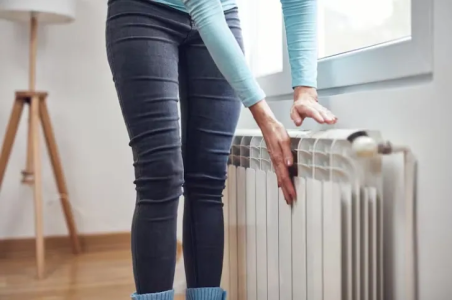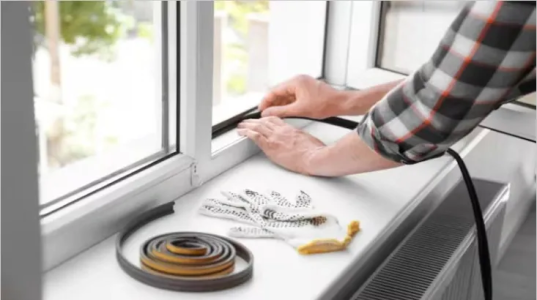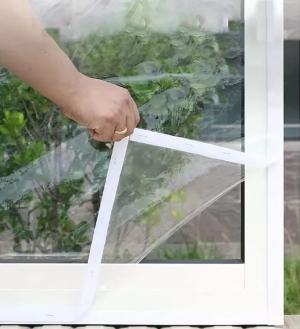BuySellBA
Administrator
How to heat your home while controlling electricity consumption - La Nación Propiedades

Source:

Cómo calefaccionar la casa controlando el consumo de luz
Especialistas comparten consejos para mantener la casa aislada de las bajas temperaturas
July 07, 2025
Experts share tips for keeping your home protected from low temperatures.

The systems that consume the least energy to heat the house .
Winter has arrived, and this week, minimum temperatures will reach 0°C in the city of Buenos Aires. Tomorrow , Tuesday, July 1st, will be the coldest day of the year, according to the National Meteorological Service (SMN). In this context, many are wondering how to cope with the cold, heating their homes while minimizing energy consumption .
A government study confirms that the most efficient electrical appliances for combating the cold use only the kWh strictly necessary to heat the home, thus minimizing the impact on the electricity bill.
After analyzing units turned on for four hours, five days a week, they concluded that air conditioning units—especially those with inverter technology —consume less than fan heaters, stoves, radiators, and even glass-convector heaters (also known as electric heating panels).

Air conditioning equipment - especially those with inverter technology - consumes less than fan heaters, stoves, radiators, and even glass-convectors.
“ Inverter air conditioning units use a variable-speed compressor, which is therefore adjustable. This allows the heating output (or cooling in summer) to be controlled and compressor operation to be regulated based on the difference between the desired temperature and the ambient temperature. Non-inverter models, on the other hand, use a fixed-speed compressor and therefore operate constantly at full power while on,” the website clarifies. That is, in the case of inverter units, as the room reaches the desired temperature, the compressor reduces its speed and maintains a smooth flow, avoiding peak loads. They add that, while these units are more expensive, the subsequent savings ultimately offset the initial cost.
They also suggest paying attention to energy efficiency labels and, if budget allows, encourage purchasing products with the letter A, which are those with the highest energy efficiency.
It's worth noting that the National Electricity Regulatory Entity (ENRE) has a calculator that allows you to analyze the consumption of electrical appliances based on their usage. This calculator will help anyone interested in trying it out understand the costs involved in each of their appliances.
In this sense, considering that the appliances are used 5 hours a day, 7 times a week, the consumption is as follows:
- Air conditioning (2200 frigories F/C, it is not specified whether it is inverter or not): 97.30 kWh/month.
- Fan heater: 144.15 kWh/month.
- Halogen heater (three candles with thermostat): 144.15 kWh/month.
- Electric radiator: 144.15 kWh/month.
- Vitroconvector (54x57 cm w/thermostat): 96.10 kWh/month.
How to insulate windows from the cold?
As the colder months approach, keeping your home's windows insulated is one of the essential keys to keeping the cold out of your home.
“To keep the cold out of your windows , it's best to use double-glazed windows (DVH), which guarantee excellent insulation ,” says Fátima Bandeira, designer and founder of FA Interiores. She also explains that there are other common and easily accessible practices that can be implemented to improve your home's insulation.

Weatherstripping helps to insulate the house from the cold.
An economical solution to keep the cold out of your home without having to undertake complex new construction is to install weatherstripping. These are rubber or foam strips that are installed around the edges of windows and help improve insulation. They are easy to install and prevent air and water leaks through any gaps that may exist.
Bandeira also suggests using thermal curtains and making good use of blinds to retain heat at night: "It's a good idea to close them when the sun is no longer hot and the day is ending, to maintain the accumulated temperature."

The film that insulates windows from both cold and heat.
Another recently emerging trick is the option of installing transparent film on the window, a thin sheet that adheres to the glass surface and also helps with insulation. In Bandeira's words: "It acts as an additional barrier, reducing the transfer of cold or heat between the inside and outside of the house."
www.buysellba.com

